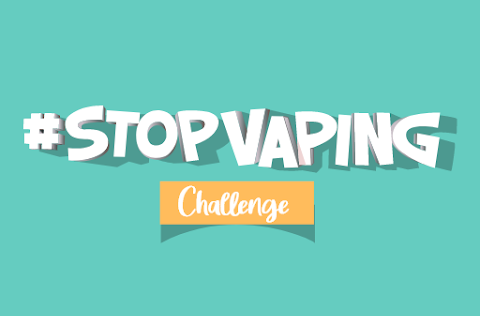Abstract
Many studies have evaluated the impact of indoor smoking bans on secondhand smoke (SHS) exposure. No studies have assessed the impact of a smoking ban on SHS in enclosed areas outside separately ventilated, designated smoking rooms (DSRs). This study evaluated the overall impact of the Smoke-Free Ontario Act implemented May 31, 2006, on SHS in bars and coffee shops and the impact of banning DSRs on SHS outside DSRs. Air particulate matter (PM) and carcinogenic particulate polycyclic aromatic hydrocarbons (PPAH) were measured in May 2006 before the ban inside and outside DSRs in Toronto venues (13 coffee shops and 14 bars) that allowed smoking only in DSRs, and in Windsor venues (10 coffee shops and 10 bars) where smoking was allowed in shared spaces. Measurements were repeated 2 months post-ban. Air quality index values (AQIs) were calculated. Mixed model analysis was applied, taking into account measurement errors for repeated measures. Post ban, mean PM and PPAH levels were reduced by 87% (from 494 to 67 mm(2)/m(3)) and 94% (from 196 to 11 ng/m(3)), respectively, inside Toronto DSRs. Mean PM and PPAH levels were reduced by 10% (from 124 to 111 mm(2)/m(3)) and 46% (from 45 to 24 ng/m(3)), respectively, outside Toronto DSRs. In all Windsor venues, mean PM and PPAH levels were reduced by 83% (from 488 to 81 mm(2)/m(3)) and 90% (from 107 to 10 ng/m(3)), respectively. All reductions were statistically significant (p < 0.0001). In Toronto venues, the AQI was reduced from the "very unhealthy" range inside DSRs and the "moderate" range outside Toronto DSRs to the "good" range, and in Windsor venues from the "unhealthy for sensitive groups" range to the "good" range post-ban. Pre-ban PPAH levels including those outside Toronto DSRs may be associated with cardiovascular injury. DSRs did not provide adequate protection from SHS. The Smoke-Free Ontario Act produced a significant and firm reduction in SHS exposure in venues both with and without DSRs.
Author(s): Bo Zhang, Susan Bondy, Jo Anne Chiavetta, Peter Selby, and Roberta FerrenceDate: March 2010
Type of Publication: Journal Article


 Download directly from your phone’s app store, or through the following links:
Download directly from your phone’s app store, or through the following links: 




